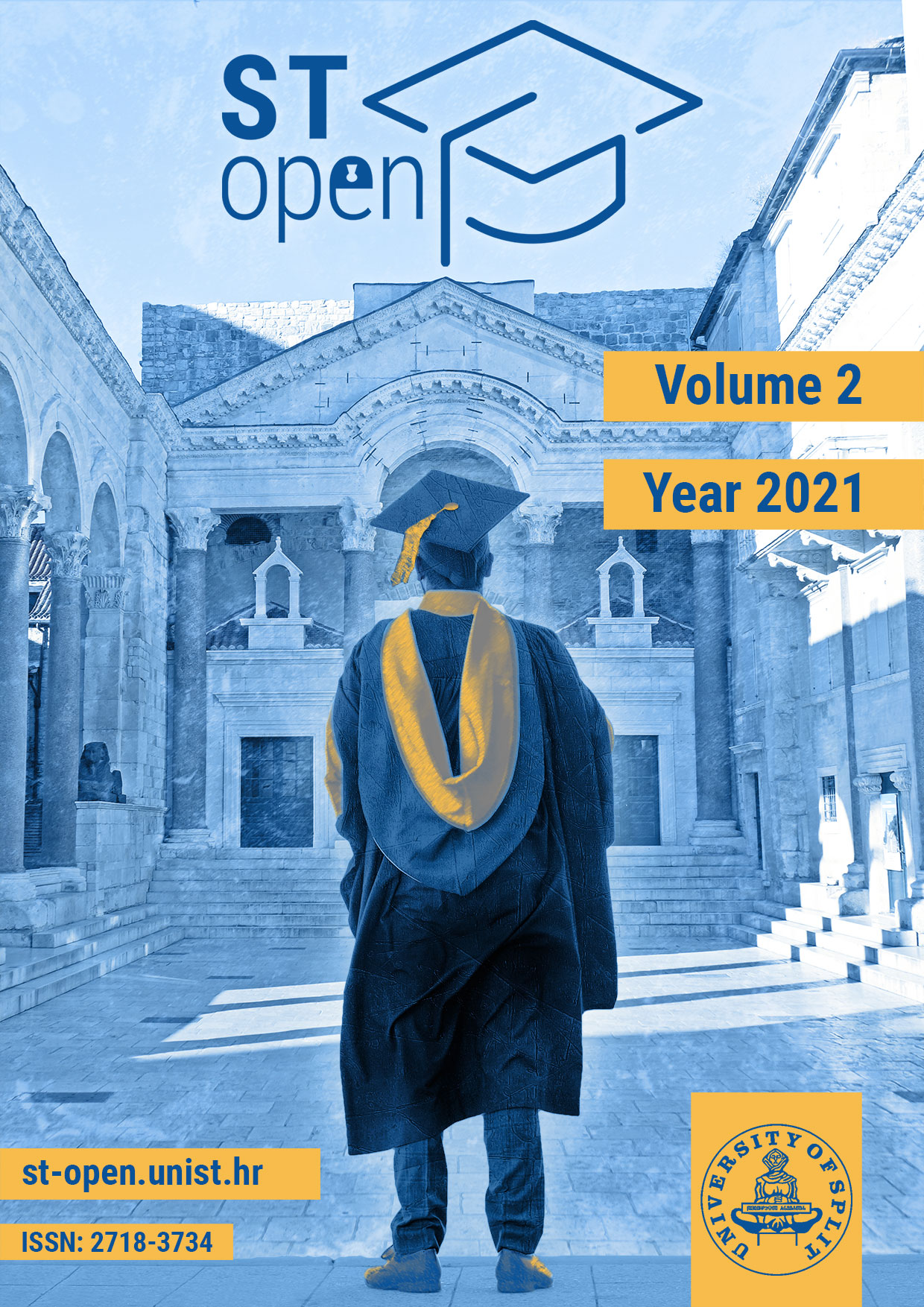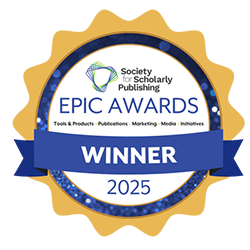Transformation of the city of Split industrial heritage into a science center
DOI:
https://doi.org/10.48188/so.2.10Keywords:
industrial zone, Josip Maria Kodl, Dujmovača, Split, science centerAbstract
Background: Split is a city in the Mediterranean, situated on Croatia’s coastline. Split’s northern coast has a long-standing industrial function and harbors the city’s first electrical substation, designed by modernist architect Josip Maria Kodl.
Objective: The goal of this work was to envision a science center in Split’s industrial zone in Dujmovača (the northern coast of the Split peninsula), comprising a science museum with a research and congress center. The programmatic and spatial analyses of the science center’s amenities and the proposal as a whole demonstrate the potential of this forgotten space in Split and breathe new life into Kodl’s architectural heritage.
Methods: The proposed solution uses a dialogical narrative between a conservation, contextual, programmatic, and theoretical approach within a strict orthogonal structure, fostering the development of alternative associations and elaboration of architectural details.
Results: The proposed solution constitutes a complex of multiple interconnected and flexible elements. This allows different parts of the Science Center to function independently of each other. This paper provides an analysis of design steps and methods, the proposal’s advantages and limitations, and the way the repurposing of industrial heritage was approached.
Conclusion: The position of the Science Center in Dujmovača would provide one of the first impressions when entering Split on the future metro line. By reconciling landscape and industrial architecture, the proposed building complex offers a framework for presenting various kinds of modifiable content, for both the present and the future.
Downloads
Additional Files
Published
Issue
Section
Categories
License
Authors retain copyright and grant the journal right of first publication with the work simultaneously licensed under a Creative Commons Attribution (CC-BY) 4.0 License that allows others to share the work with an acknowledgment of the work’s authorship and initial publication in this journal.







